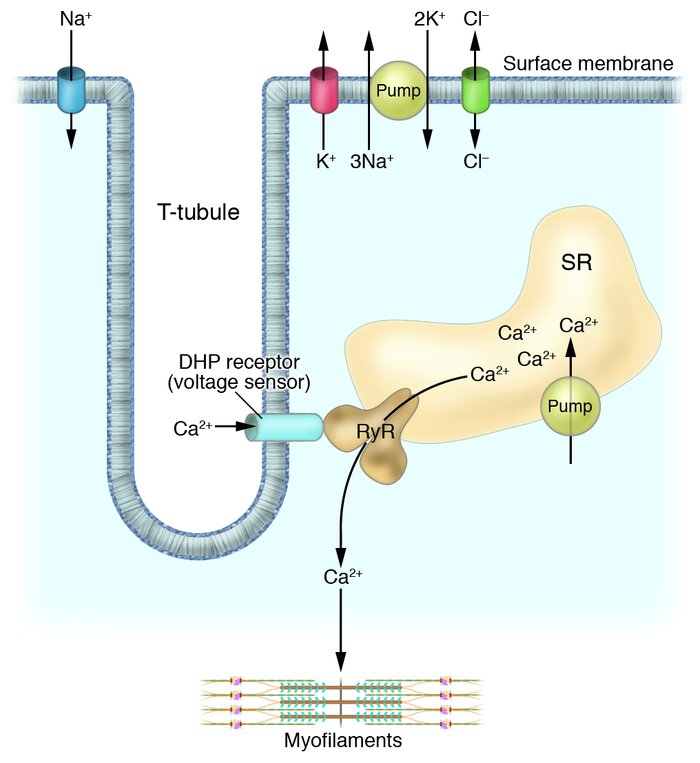Citation Information: J Clin Invest. 2005;115(8):2000-2009. https://doi.org/10.1172/JCI25525.
Abstract
Muscle channelopathies are caused by mutations in ion channel genes, by antibodies directed against ion channel proteins, or by changes of cell homeostasis leading to aberrant splicing of ion channel RNA or to disturbances of modification and localization of channel proteins. As ion channels constitute one of the only protein families that allow functional examination on the molecular level, expression studies of putative mutations have become standard in confirming that the mutations cause disease. Functional changes may not necessarily prove disease causality of a putative mutation but could be brought about by a polymorphism instead. These problems are addressed, and a more critical evaluation of the underlying genetic data is proposed.
Authors
Karin Jurkat-Rott, Frank Lehmann-Horn
Figure 1



Copyright © 2025 American Society for Clinical Investigation
ISSN: 0021-9738 (print), 1558-8238 (online)

